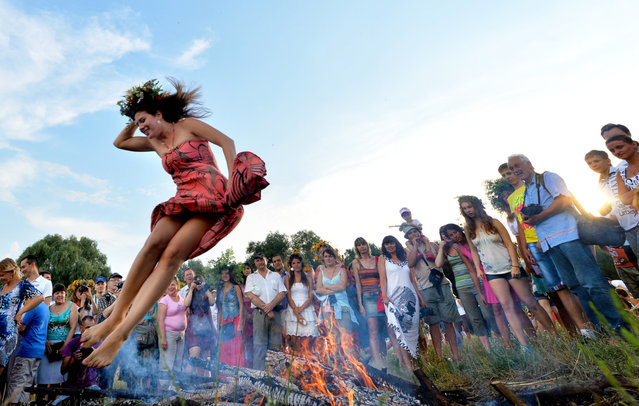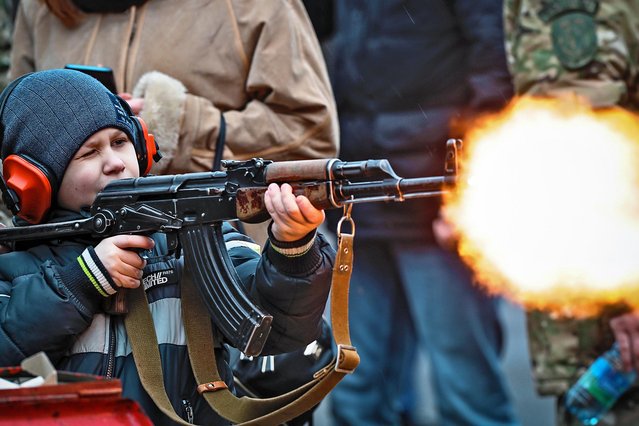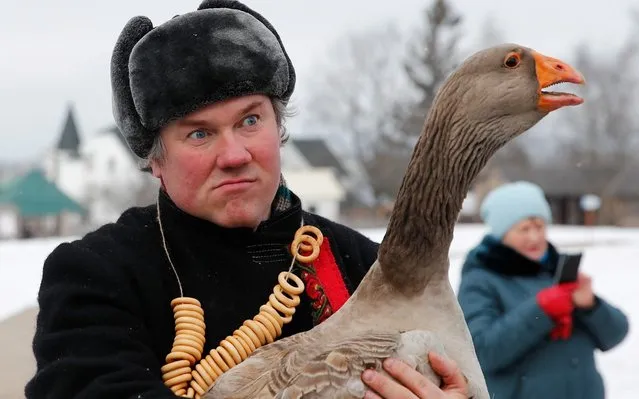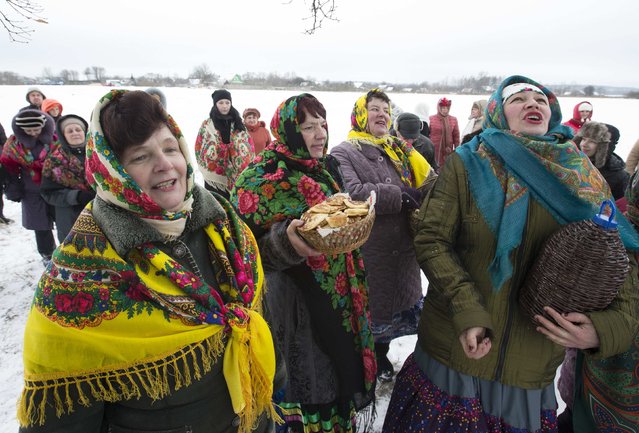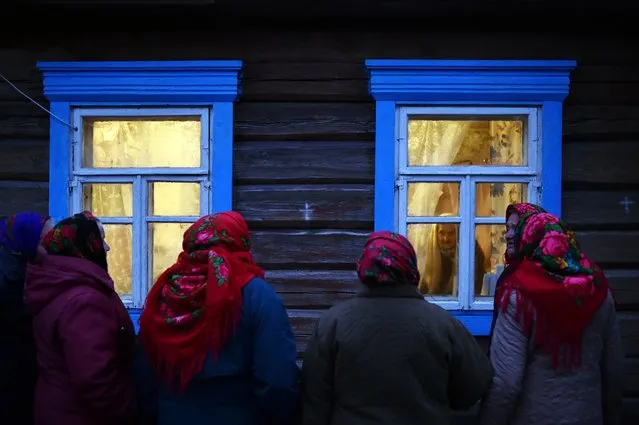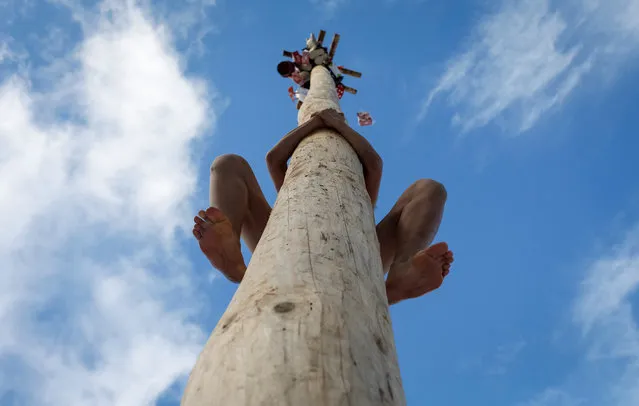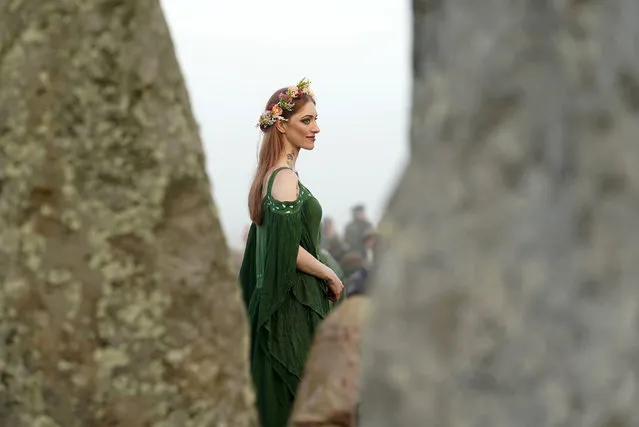
A woman dressed in pagan attire watches the sun rise during the Summer Solstice festivities at Stonehenge in Wiltshire, England, Tuesday, June 21, 2022. After two years of closure due to the COVID-19 pandemic, Stonehenge reopened Monday for the Summer Solstice celebrations. (Photo by Andrew Matthews/PA Wire via AP Photo)
23 Aug 2023 03:51:00,post received
0 comments

